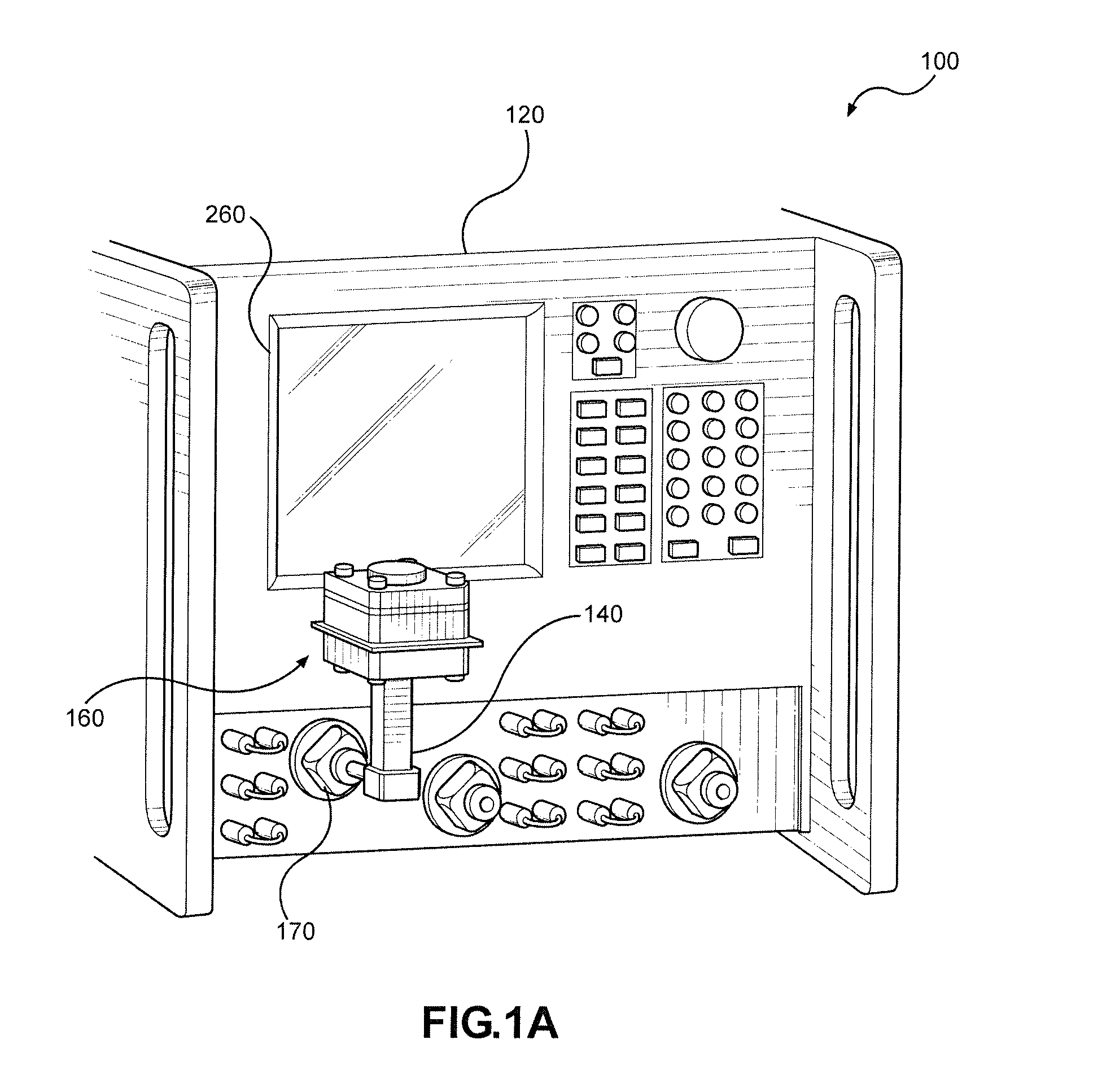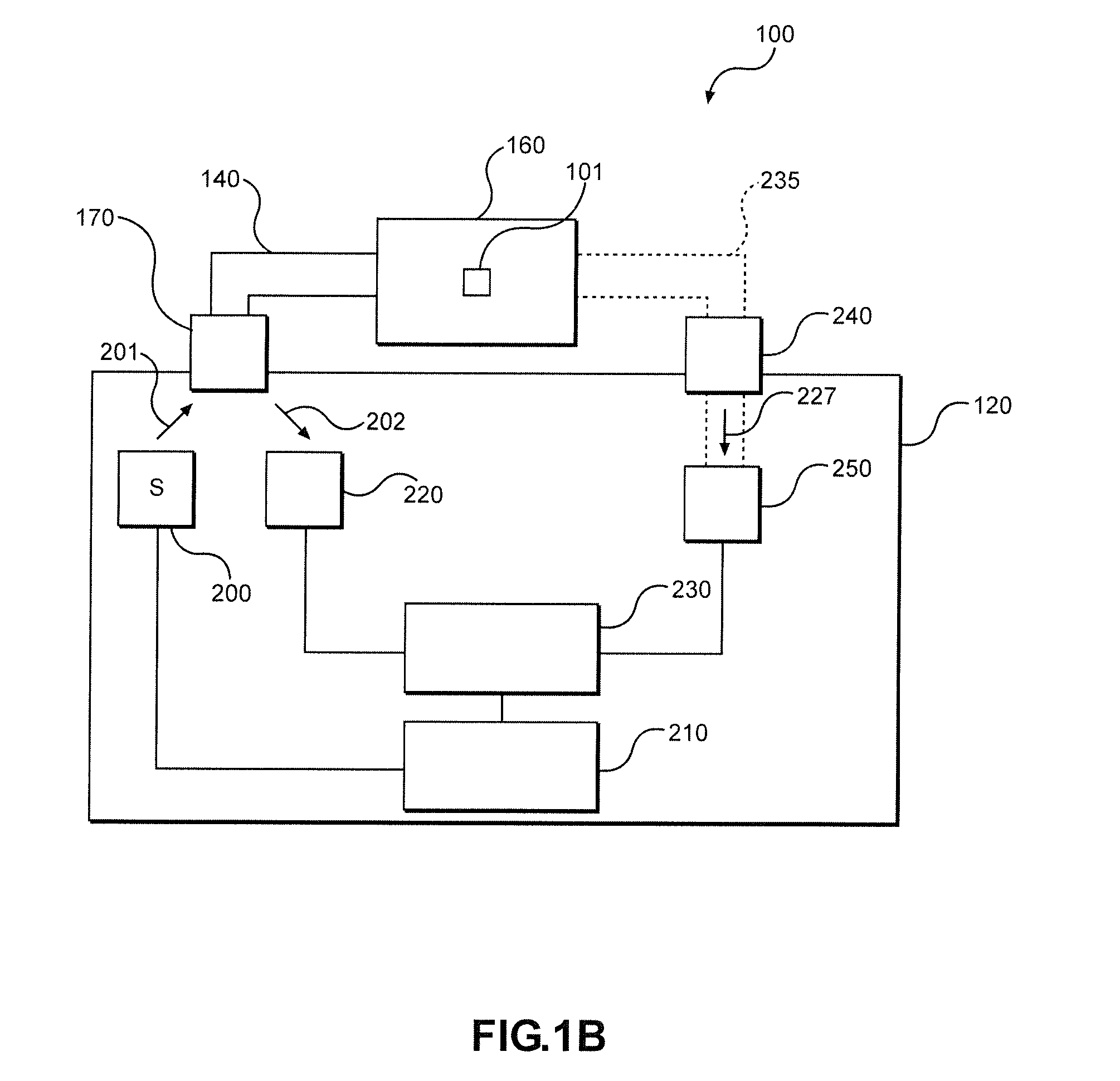Resonant System and Method of Determining a Dielectric Constant of a Sample
a dielectric constant and sample technology, applied in the field of detection of explosives, can solve the problems of difficult calibration with reference standards, resonator system, and inapplicability to loose powders or liquids, etc., and achieve the effect of reducing the size of the requisite cavity, reducing the wavelength of electromagnetic radiation, and minimizing the sample siz
- Summary
- Abstract
- Description
- Claims
- Application Information
AI Technical Summary
Benefits of technology
Problems solved by technology
Method used
Image
Examples
Embodiment Construction
[0028]Detailed embodiments of the present invention are disclosed herein. However, it is to be understood that the disclosed embodiments are merely exemplary of the invention that may be embodied in various and alternative forms. The figures are not necessarily to scale, and some features may be exaggerated or minimized to show details of particular components. Therefore, specific structural and functional details disclosed herein are not to be interpreted as limiting, but merely as a representative basis for teaching one skilled in the art to employ the present invention.
[0029]As depicted in FIGS. 1A-C, the present invention pertains to a resonant cavity based system 100 for measuring the dielectric constant of a sample 101 of material. System 100 has three main components: a network analyzer 120, a transmission waveguide 140 and a device 160 for holding sample 101. Preferably, transmission waveguide 140 is connected to network analyzer 120 at a port 170 and to device 160 and is ar...
PUM
 Login to View More
Login to View More Abstract
Description
Claims
Application Information
 Login to View More
Login to View More - R&D
- Intellectual Property
- Life Sciences
- Materials
- Tech Scout
- Unparalleled Data Quality
- Higher Quality Content
- 60% Fewer Hallucinations
Browse by: Latest US Patents, China's latest patents, Technical Efficacy Thesaurus, Application Domain, Technology Topic, Popular Technical Reports.
© 2025 PatSnap. All rights reserved.Legal|Privacy policy|Modern Slavery Act Transparency Statement|Sitemap|About US| Contact US: help@patsnap.com



